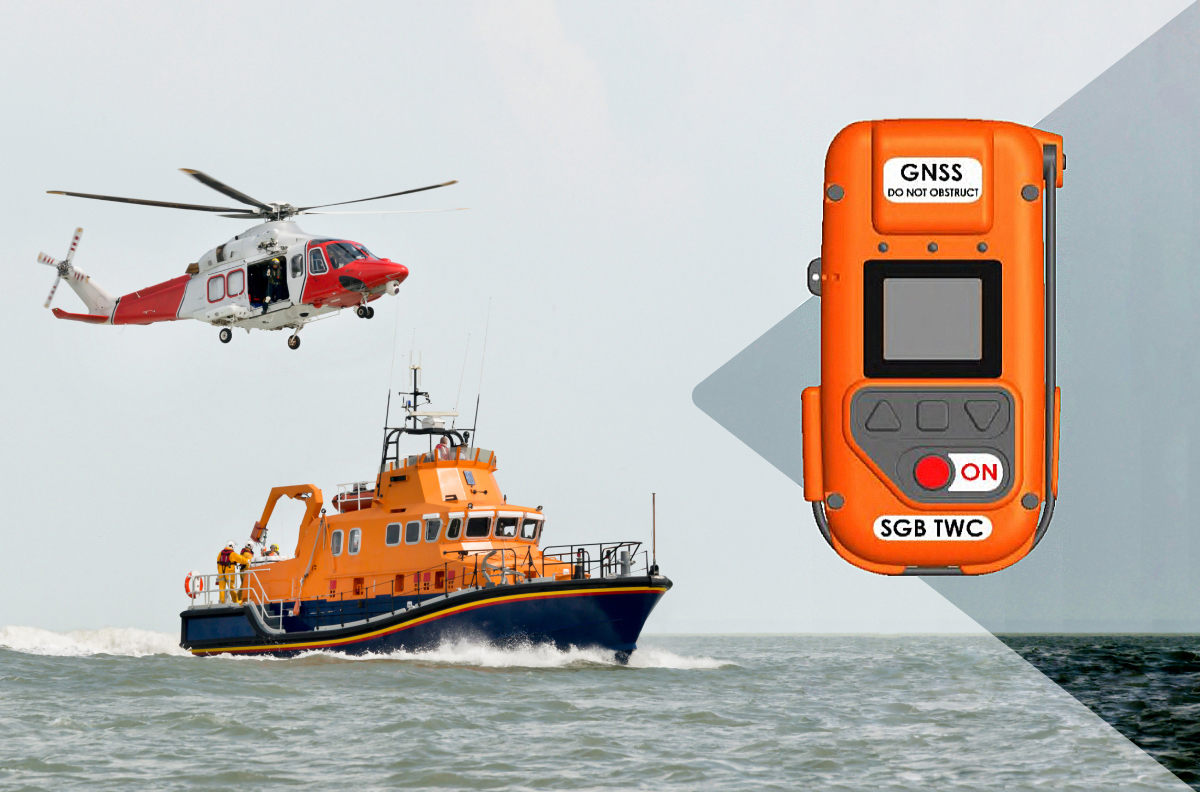GMDSS Radio Survey Blog
From 18 to 20 November at METSTRADE, we officially unveiled a launch many of you have been waiting for — our brand-new PRO line of GMDSS and AIS test equipment.
These two new devices are designed to bring radio inspections to the next level in terms of efficiency, reliability, and user comfort.









